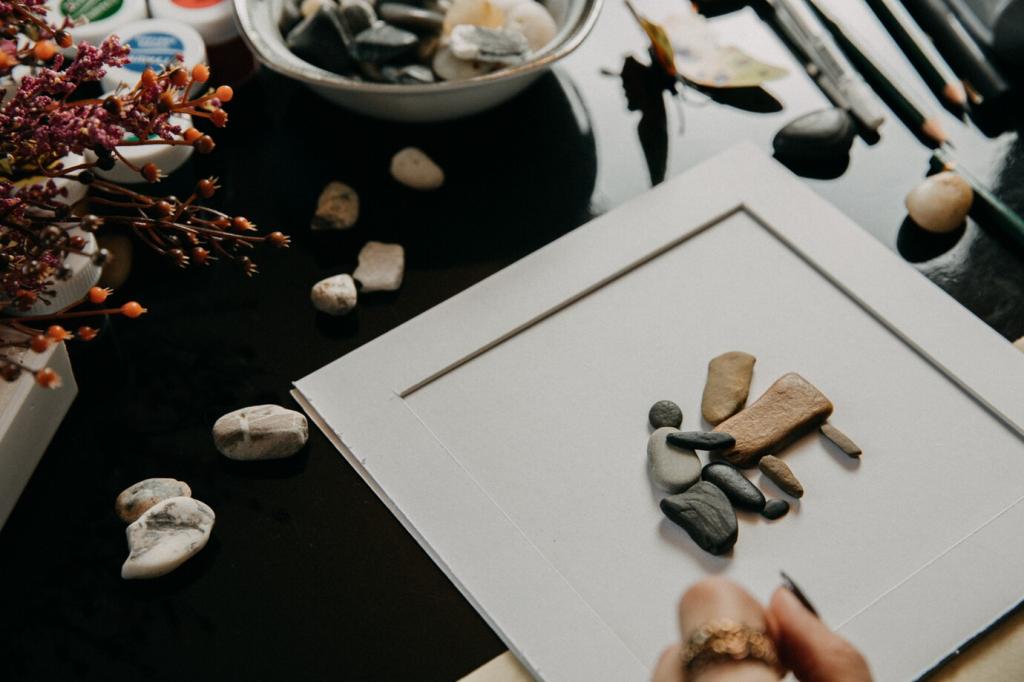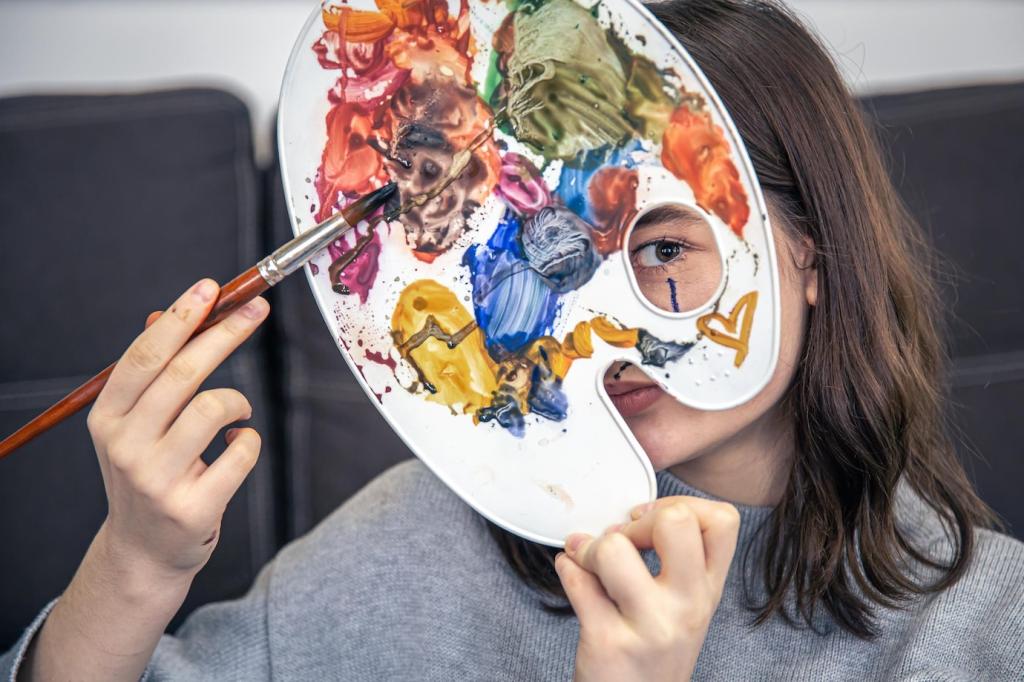Spiritual Mindfulness and the Art of Tibetan Thangkas
Chosen theme: Spiritual Mindfulness and the Art of Tibetan Thangkas. Step into a contemplative journey where sacred images become anchors for inner calm, compassion, and clarity. Subscribe and join our mindful community exploring art as a living spiritual practice.

Origins, Purpose, and Quiet Power
Thangkas emerged along Himalayan trade routes as scroll paintings that could be rolled, carried, and unfurled wherever practitioners gathered. Their portability made devotion and mindful study possible in remote valleys, monasteries, and bustling caravanserais alike.
Origins, Purpose, and Quiet Power
Each figure, gesture, and color encodes teachings. Mandalas map awakened awareness, while Bodhisattvas model compassion in action. Mindfulness deepens as the viewer traces symbolic details, letting the image reveal the architecture of a serene, spacious mind.
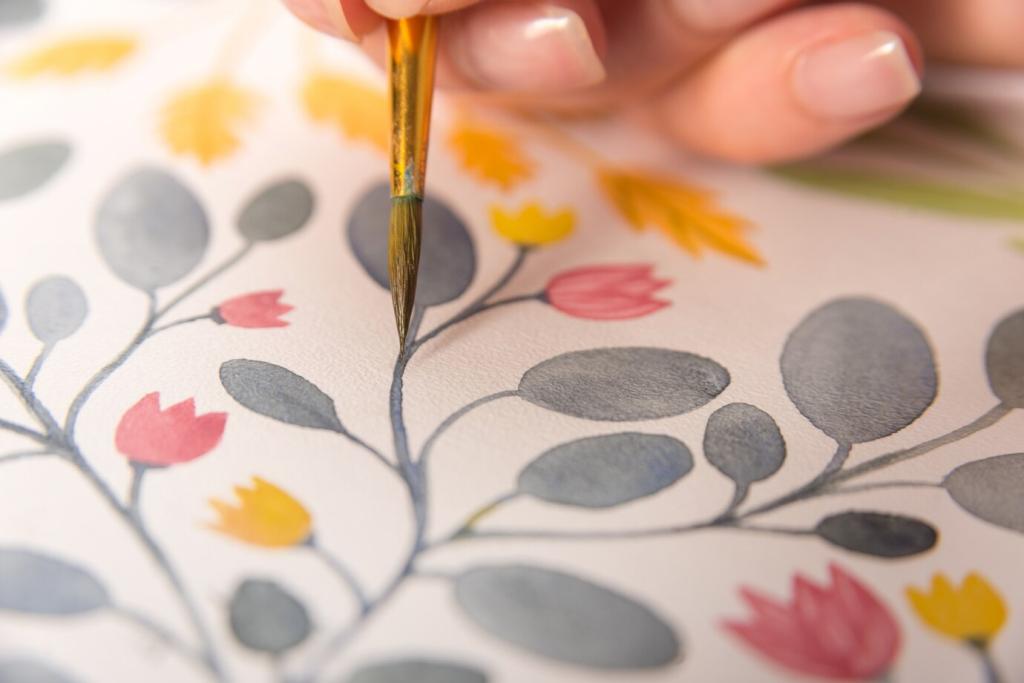
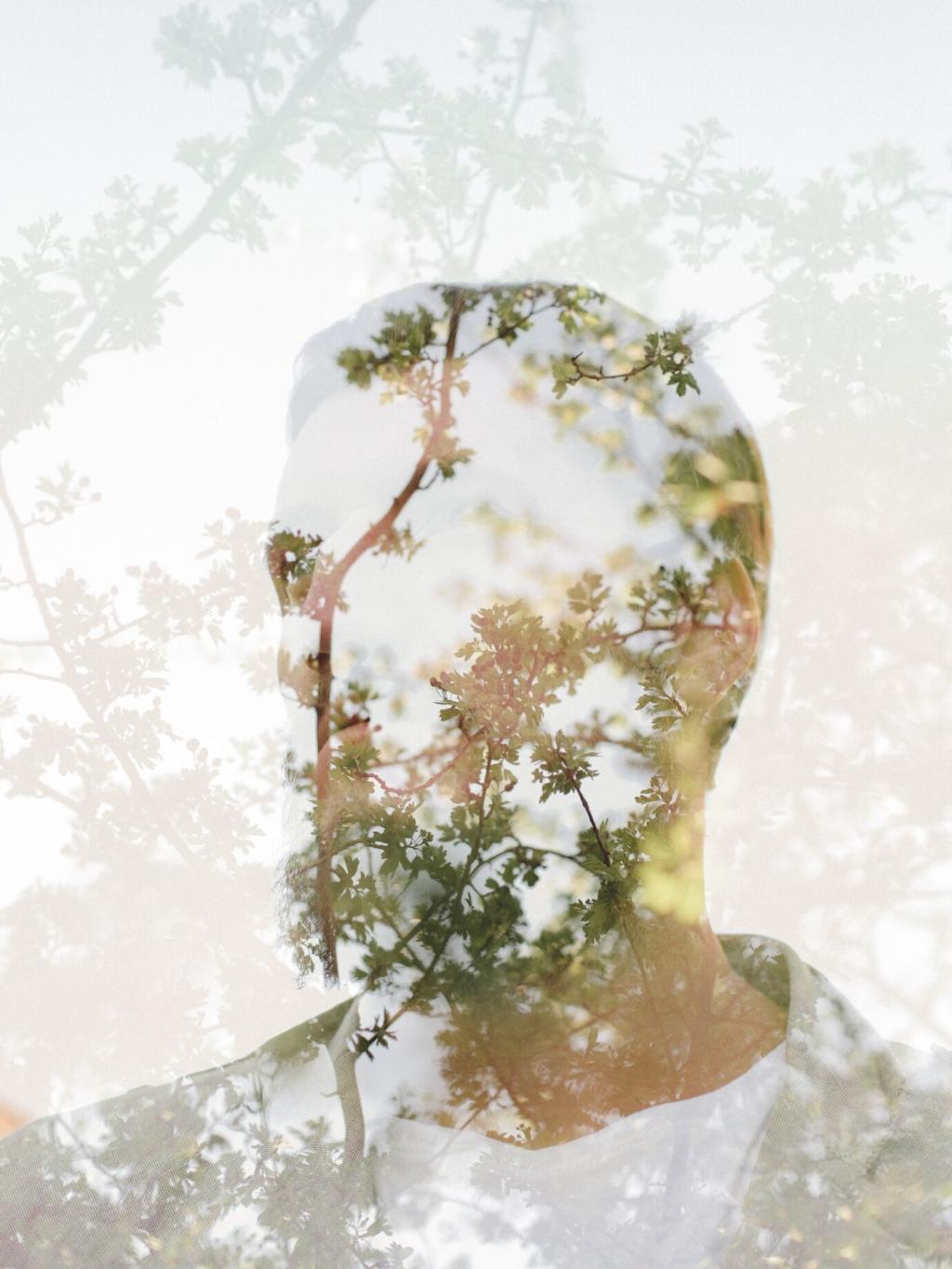
The Mindful Gaze: Practice With a Thangka
Sit comfortably, place the thangka at eye level, and let your breath set a slow rhythm. On each exhale, release tension. On each inhale, receive the image. Allow details to emerge naturally, without chasing or resisting any thought.
The Painter’s Path: Craft as Meditation
Artists follow sacred grids to align features precisely, training the hand to obey the heart’s intention. As lines steady, the mind steadies too. Measurement becomes mantra, and the image grows from patience rather than haste.
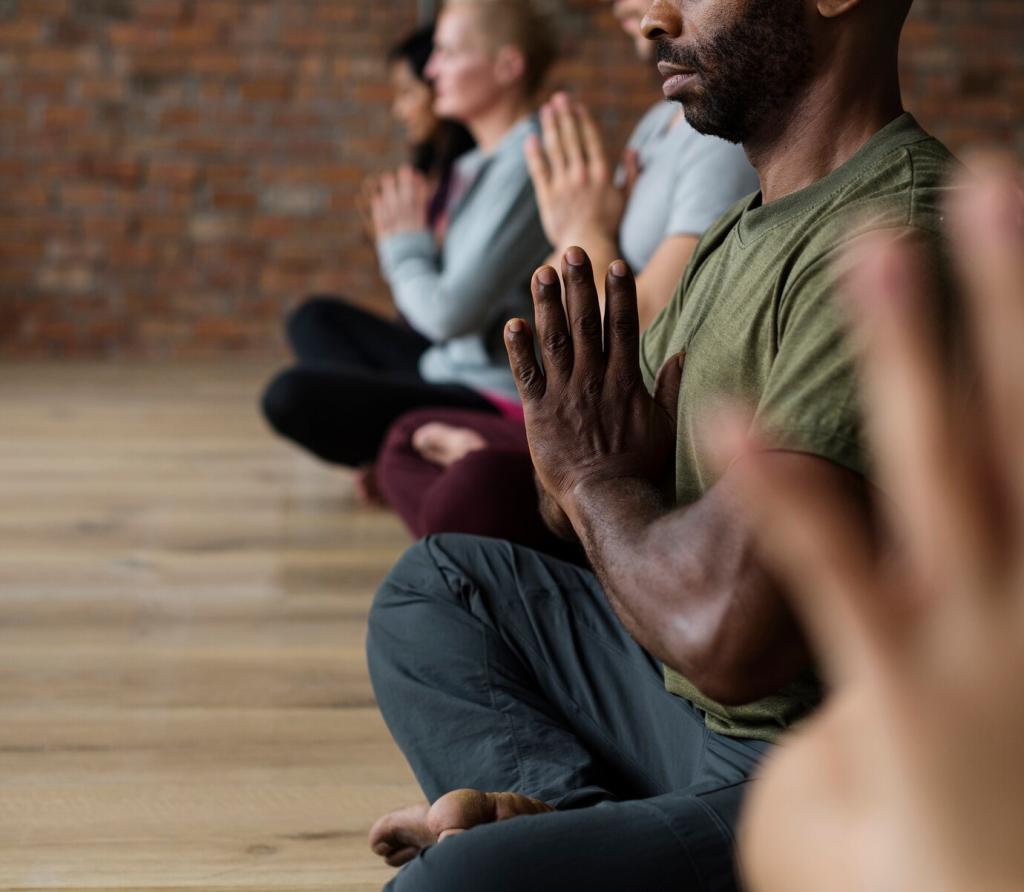


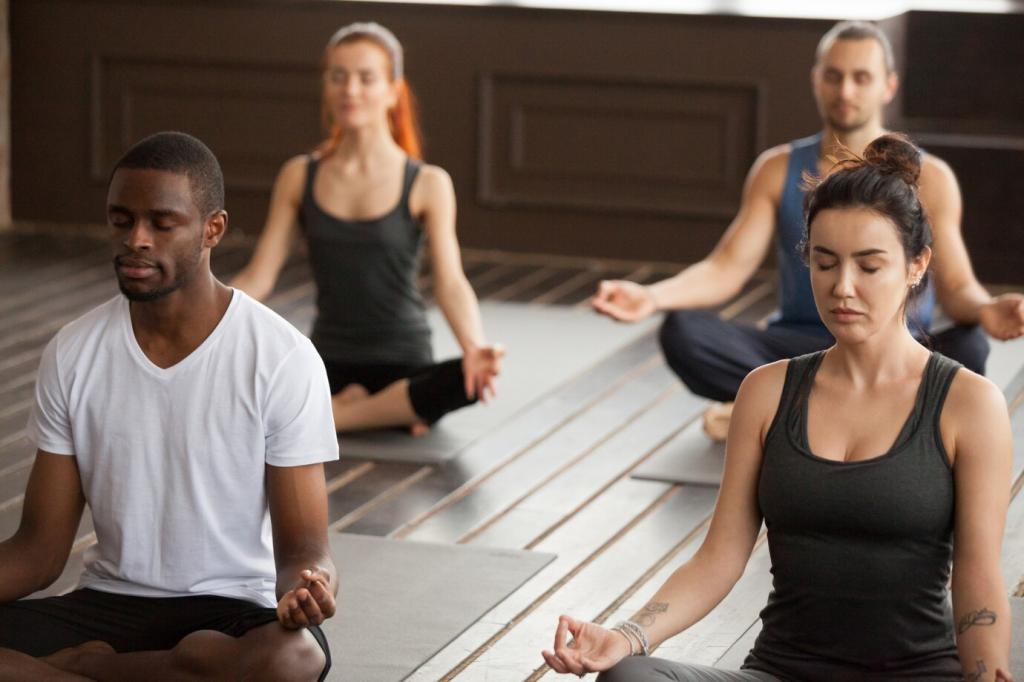
Encounters With Masters: Anecdotes From Studios and Monasteries
A Lesson in One Brushstroke
A master corrected a crooked eyelid with a single, fluid stroke after quiet breathing. He smiled and said, “The line was waiting for silence.” That day I learned that technique ripens when the mind stops rushing.
The Courage to Start Over
An apprentice scraped away a day’s work rather than keep a distracted line. The room stayed kind. Everyone understood: erasing is not failure, but devotion to truth, and mindfulness sometimes means beginning again with soft determination.
Dawn Unfurling on a Festival Day
At sunrise, a monumental thangka was unfurled against a monastery wall. Thousands inhaled together as colors lit up in new light. For a moment, the crowd breathed as one, and even the mountain wind seemed to bow.
Gaze at a single detail for three minutes: a lotus, a hand mudra, or a halo. When thoughts wander, label them “thinking” and return kindly. Short, frequent sessions train steadiness better than occasional heroic efforts.
Practices You Can Try This Week
